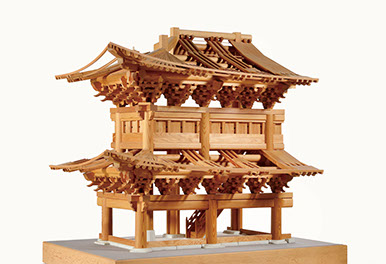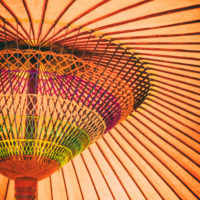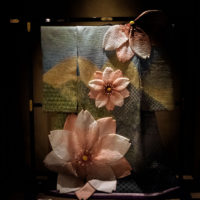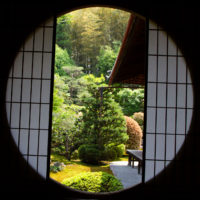
In Japan, bracketing structure can be seem in many Buddhist temples all over the country. Buddhist temples お寺 and Shrine 神社 are the places where Japanese architecture was used at their best in the past. Many temples have a big eave overhang of the dignified roof which very much dominate the outer appearance of the whole building. Beneath the eave, it is supported by a elaborated design of bracketing structure which supports the roof structure above.
The bracket complex (Kumimono 組物 & Tokyõ 斗栱) consists of two basic parts , the bearing block (Masu 斗) and the bracket arm (Hijiki 肘木).
The bearing block is basically a square or rectangular cube beveled at the bottom (tojiri). When set directly on a column, this component is known as a large block (Daito); on teh bracket arm, it is called a small block (makito). Bearing blocks set on corner posts ahve more intricate bevel carving a the block tails and are called “demon blocks” (Onito) in consequence.

斗栱
Although the bracketing system was originated from China and Korea, the Japanese style is tend to be simplistic in terms of craving and decoration.
In Japanese style, the simplest of these is the “boat-shaped bracket arm (funahijiki 舟肘木)

舟肘木
, which directly supports the beam above。





